I think I do a decent job of taking photographs, but I’m no pro, as evidenced by the strategy of taking 100 shots to get one good one. In the critical moment, as when the opportunity for a shot is fleeting, it probably won’t work out. The focus will be off, I will be moving too much, or some other circumstance will keep the image from being useable. But when I can control the conditions and set up my shot, things generally work out . . . as long as I remember to set the white balance first.
My equipment is pretty average these days, and not very new. My camera body is a Canon EOS XT. It is an 8 megapixel camera, not even up to the entry level DSLR camera Canon builds today. I have three lenses in my bag. The first is the standard 28-80mm lens that came with the camera, and the second lens is a basic 75-300mm telephoto for those situations were I can’t get very close to the subject. But my third lens is the one I always use whenever possible.
My 50mm prime lens (EF 50mm f/1.4 USM), is my favorite. What I see through the viewfinder is pretty much what I see with my naked eye, no bigger and no smaller. Also, because the largest aperture is f/1.4, I can shoot in low light conditions without a flash, or take a photo that draws attention to the subject by leaving everything in front or behind out of focus.
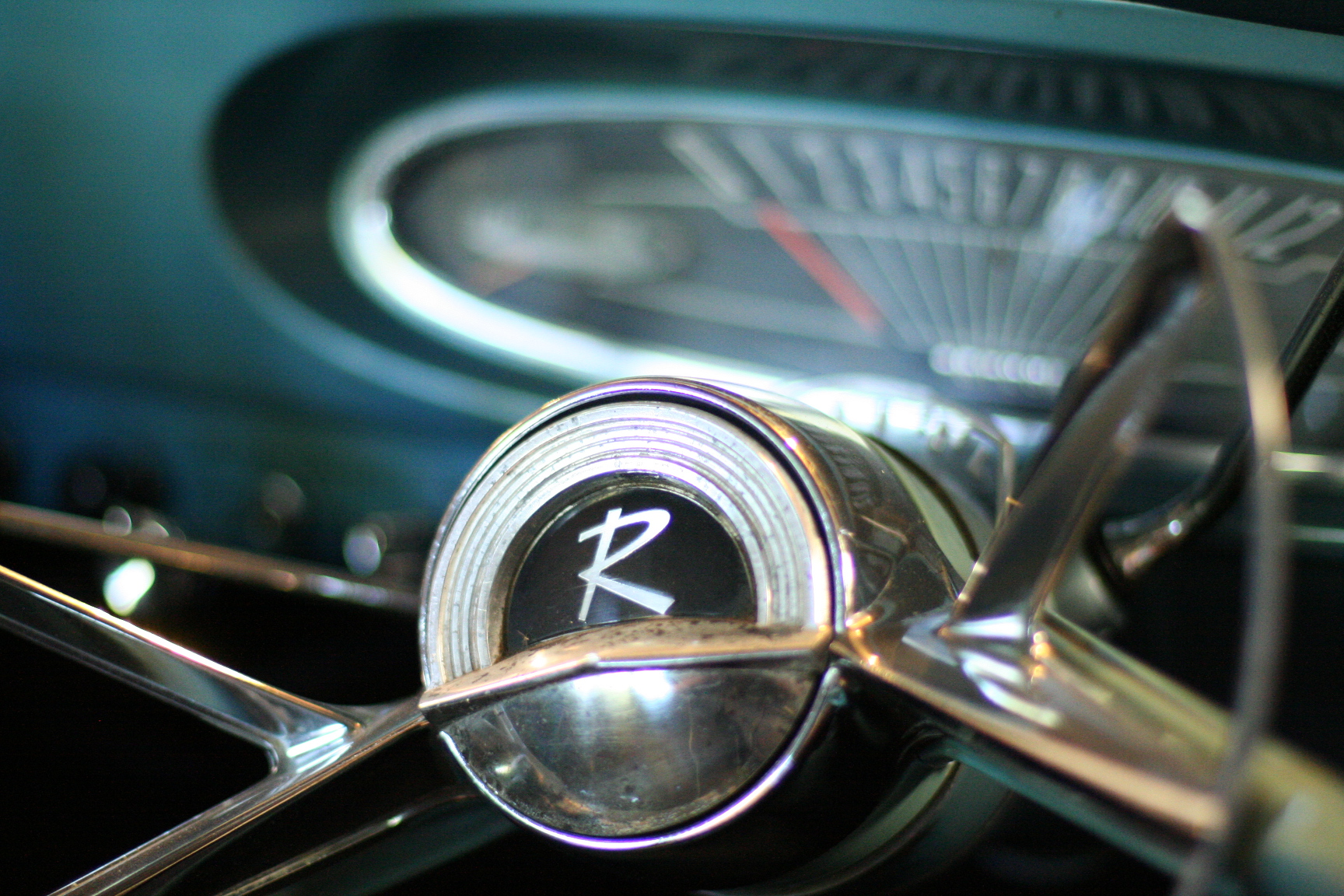
There is one drawback. Because it is a prime lens, which means it has a fixed focal length of 50mm, it does not zoom. I don’t really know what “focal length” is in the technical way, but 50mm is a good number for me as an all-purpose lens. Because the lens doesn’t zoom, it means camera placement relative to the subject of the photo is critical. If the subject doesn’t fit in the frame, it means I have to take the photo from further away. But the positive in that trade-off is that the prime lens does not have the optical compromise that a zoom lens does, and the photos I take with it are much clearer.
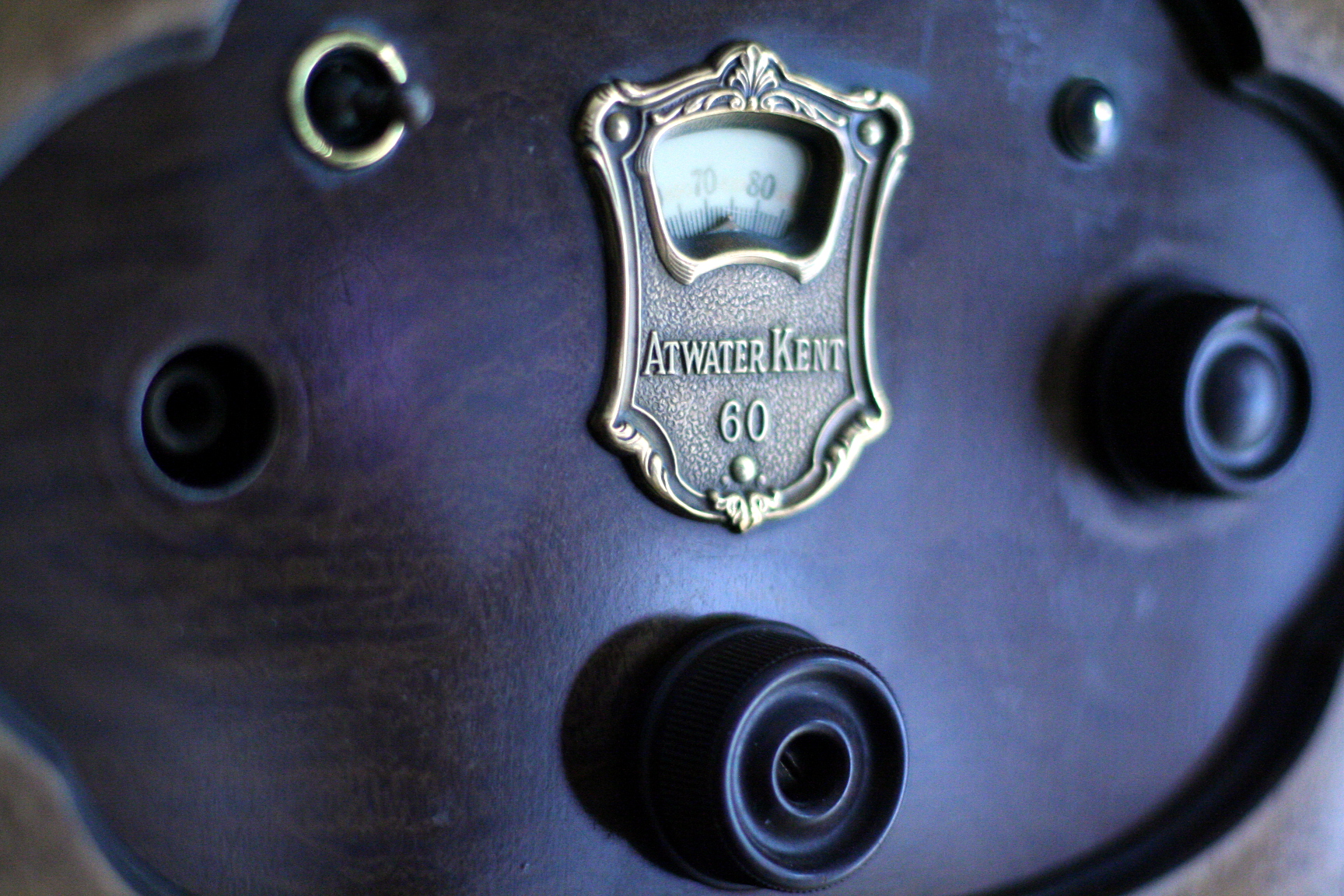
Combined with my B+W circular polarizer and UV filter, that is the best of my photography equipment. There are certainly better camera bodies out there, and I could use a change up, and the Canon 50mm prime is also available with an even wider aperture of f/1.2, but that runs $1500 (Yes Jef, I know you have one!) Better glass is expensive! Let’s face it – at $350, the 1.4 is plenty good enough. I figure that I should take better pictures by being a better photographer and not by upgrading equipment – I won’t be needing a bigger camera bag anytime soon.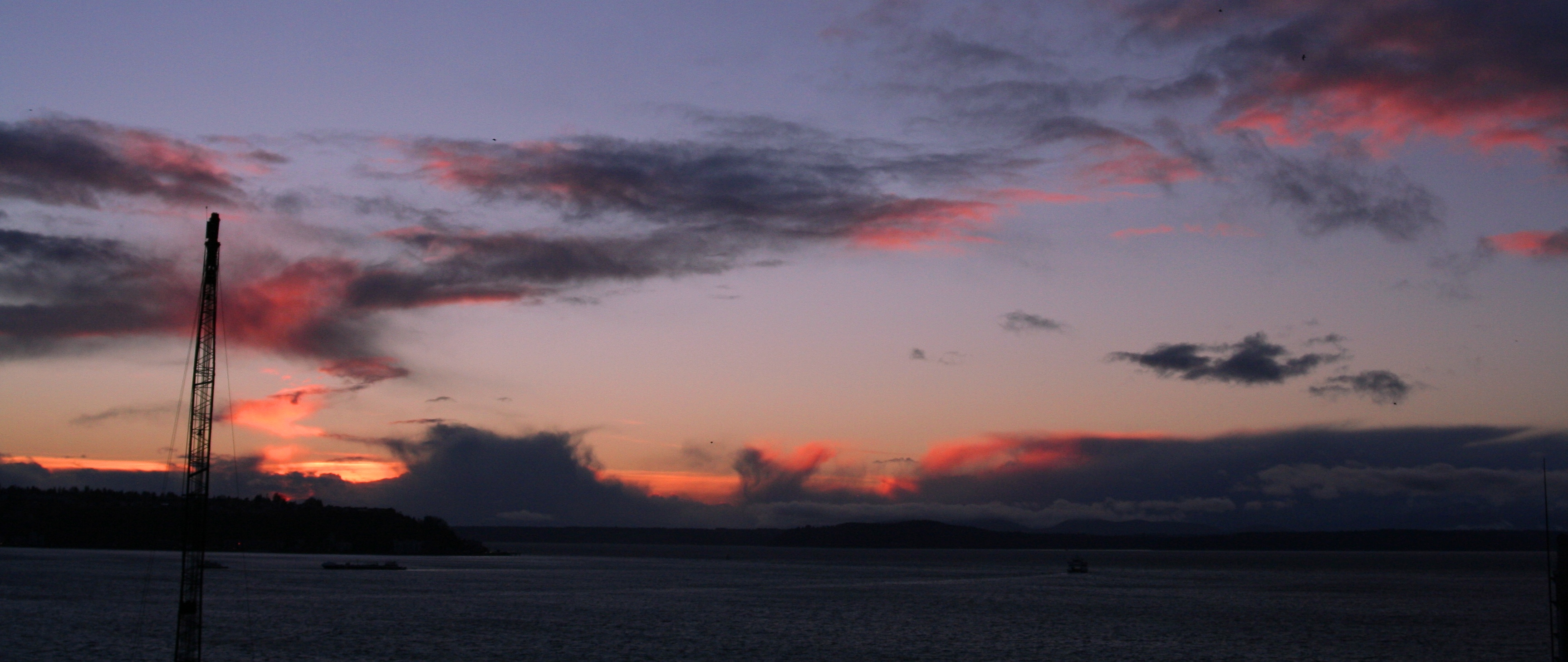
All this is to say that, despite being able to take a decent shot or two, the naked eye seems much better to me. No matter what I do, I am not able to capture the spectrum of a beautiful sunset – the kind that comes in from over the coastal range, cutting in below the clouds, lighting them flamingo pink . . . No matter what I do, the blue of the sky isn’t as blue as what I actually see, and the pink isn’t as vibrant as that moment before dusk.

An old photo I took on film at the International Rose Test Garden in Portland Oregon. This color saturation is something I have yet to acheive on digital. It is an unedited flatbed scan from the negative. I don’t have the print, so maybe the color is a result of the scanner.
Maybe it’s just that I’m too lazy to work with the raw data and instead I just use the compressed jpeg, and maybe I don’t know all the features of my camera as well as I should – I’m pretty much an Aperture Value & Auto Focus kind of guy. But there are so many times when I take a shot and and expect something good, only to be disappointed.
I think this really goes to just how amazing the creation of the human eye is. In a photograph, the pixels, or data points, are evenly distributed. But God made our eyes with a concentration of light sensors just for the thing that the eye is focusing on, and still gave us enough sensors around the rest of the eye that we can know what to focus on for detail. It isn’t an accident – the level of complexity in the human eye is simply amazing. All the parts work together with a specific purpose, none of which is dispensible. If any of the parts have a problem, it affects the entire outcome.
My Canon 50mm prime can focus on an object as close as 18 inches away, but my eyes can focus on something much closer. This is critical for detail work such as rebuilding a clock movmement.
And the human eye is so adaptable! In the dark of night, I can make out just enough to get around my apartment without the lights on. My camera would only take a completely black frame under those conditions, unless I used the manual mode to set up a time exposure, and in the dark that would be a difficult task. My human eye does all of this automatically. Everything is automatic with every movement of the eye – automatic focus, automatic aperture, automatic white balance, and all of it very quickly. To focus my camera on ten different subjects in sequence is time consuming, but my eyes do it in mere seconds.
The human retina has at least 75 million light sensors in the eye. Of course they are not evenly distributed, but how can my mere 8MP camera compare? Standing on the shipping dock of the warehouse at work, I can look down to the pavement ten feet below my eyes, and see the individual grains of white grit washed off of the roof lying on the black asphalt. At best, these would each be a single white pixel as represented by my camera.
I know, I know . . . even though I am comparing primes, I can’t really compare the two because the human eye does not take stills. It more or less collects data continuously, and the brain renders it. Indeed, this seems much better than a single snapshot.
It is true that this amazing creation, as perfect as it should be, is not. It has been corrupted along with the rest of creation, and so fails, usually over time. Now that I am well on the backside of thirty, my once acute vision is quite noticably compromised. At first the prescripiton was planar, meaning flat glass, with minor corrections for blur and distortion. But two years ago, one eye became a +.25, whatever that means. All I know is that the correction is no longer a flat lens, and the corrective numbers will probably get bigger every time I go to see the eye-guy.
Even so, I still prefer my God-given twin lenses over my cheap Canon glass.

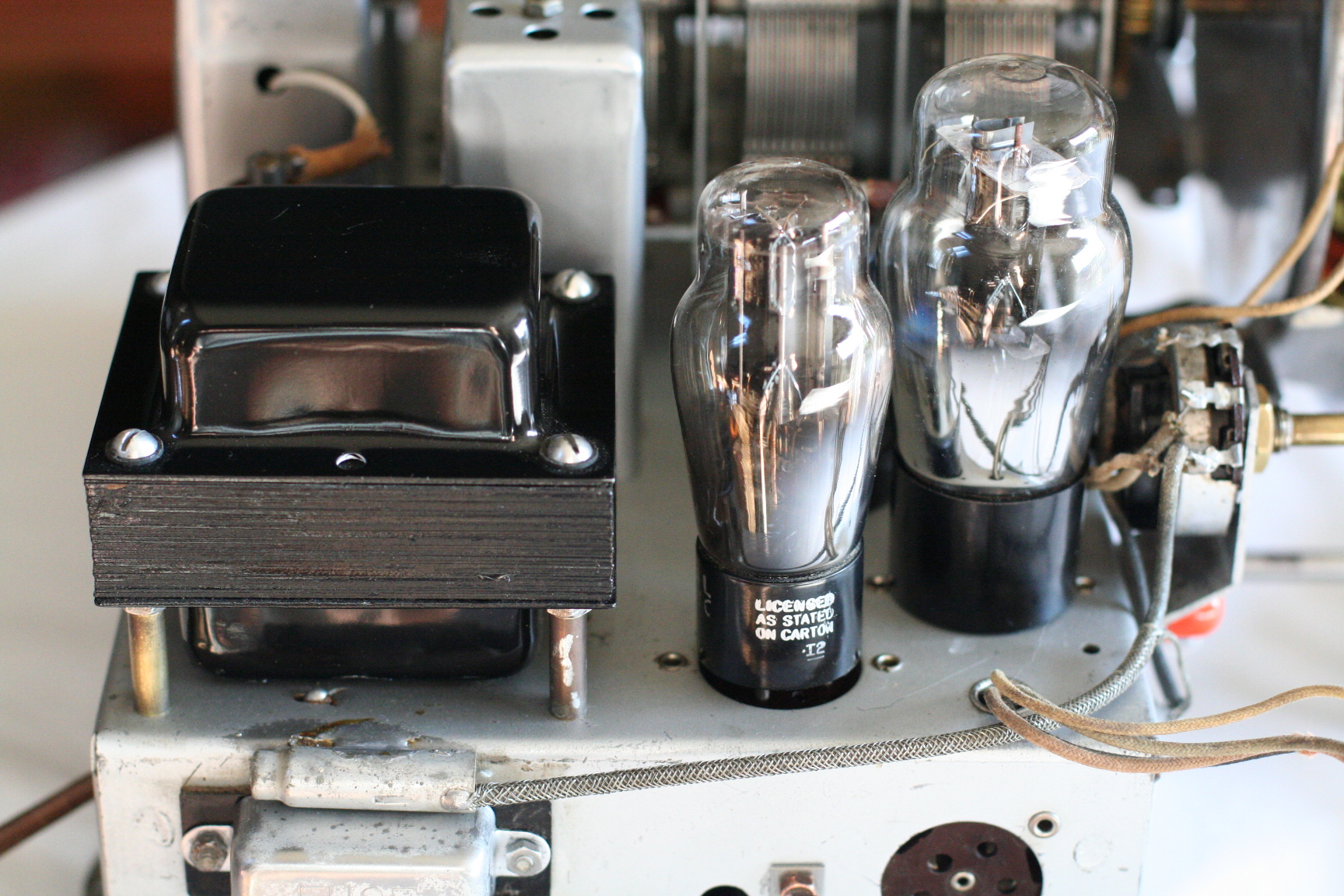
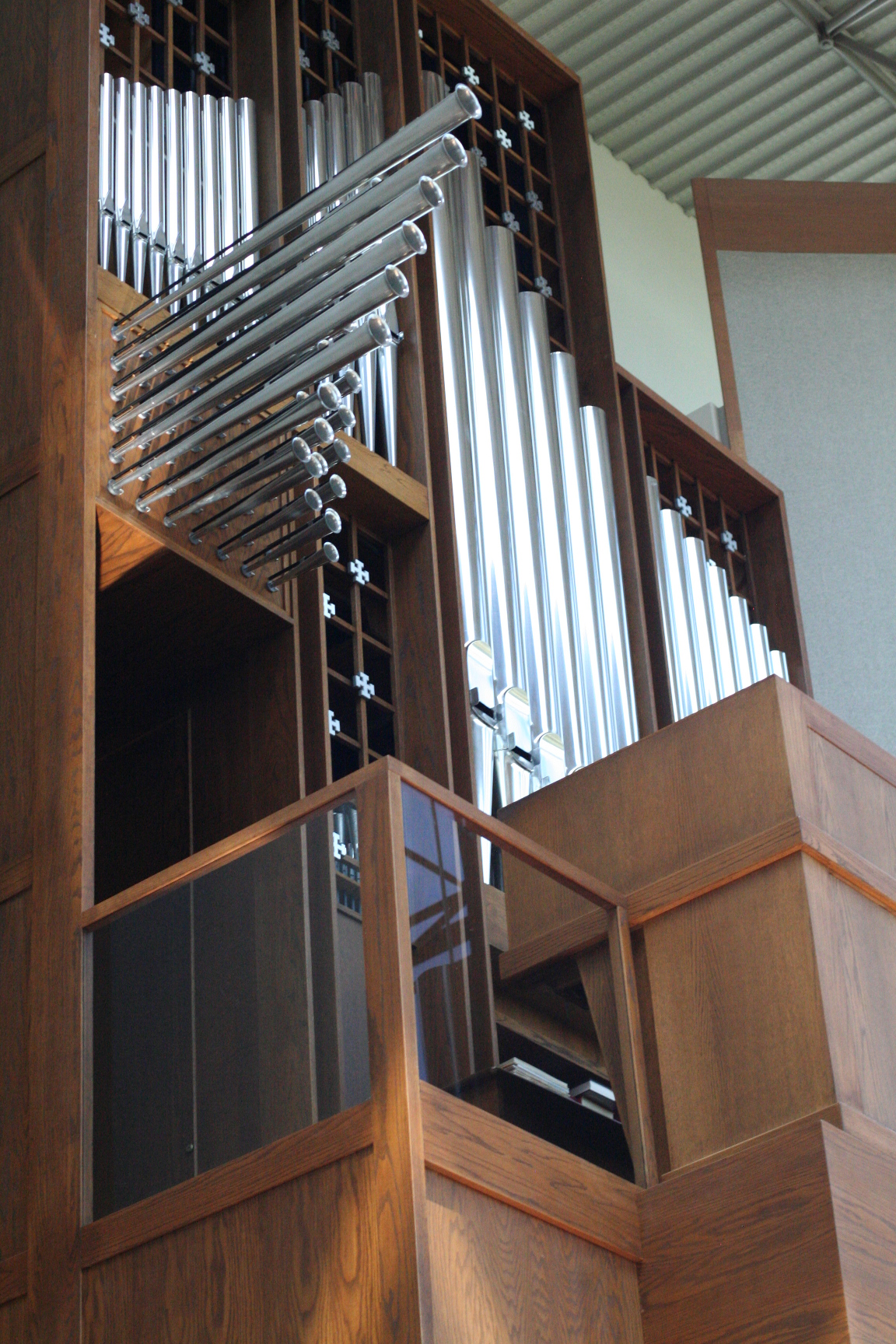
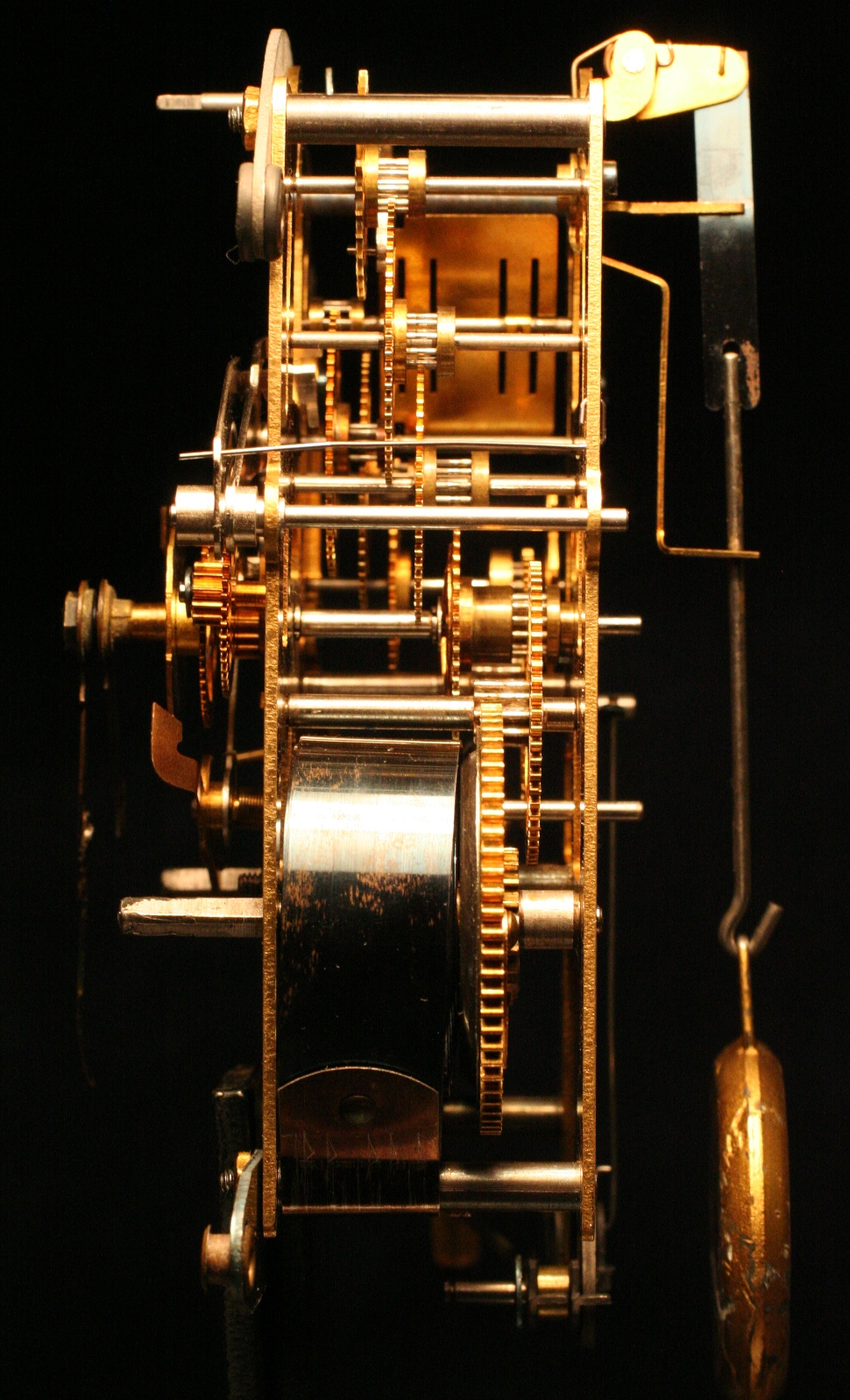
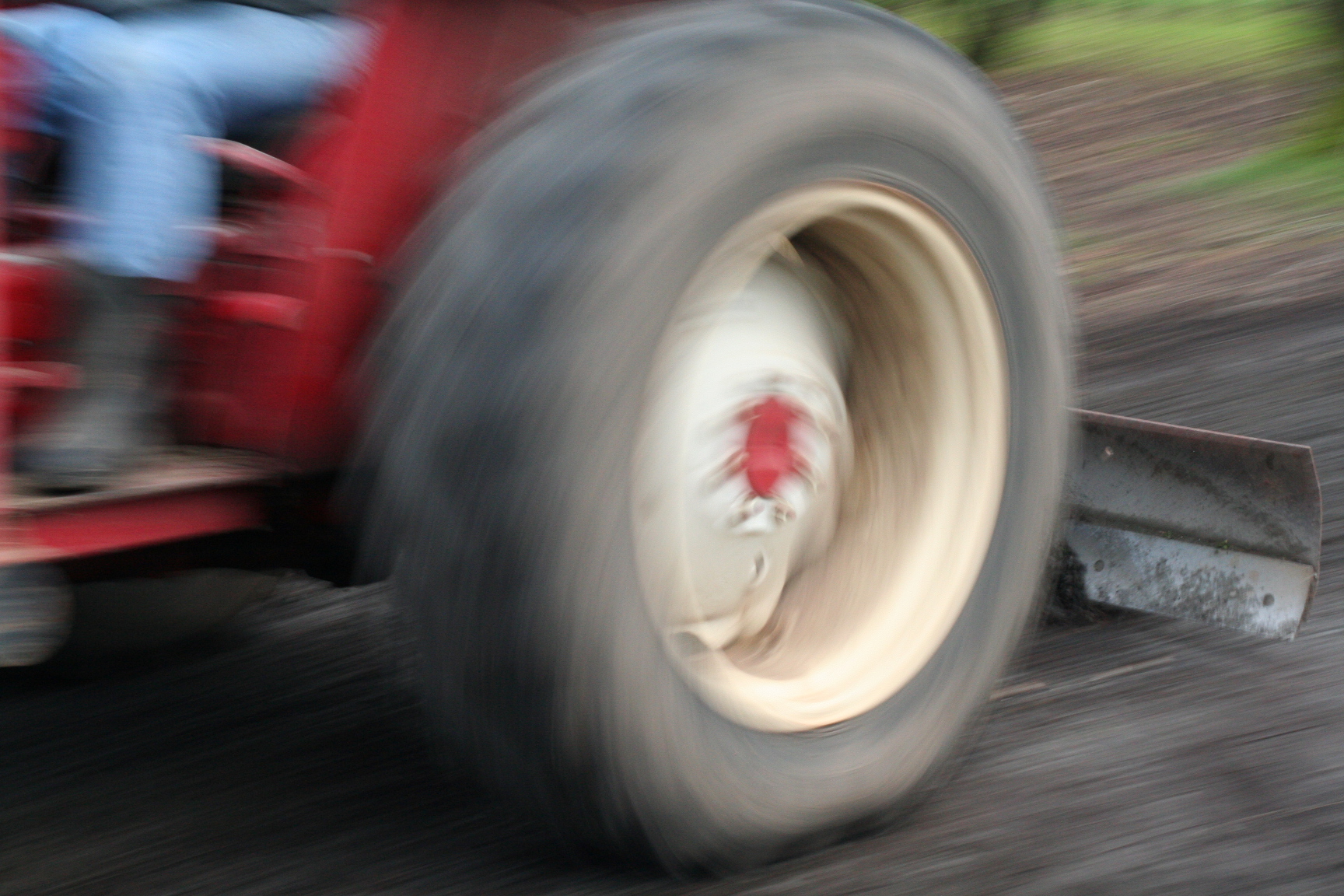
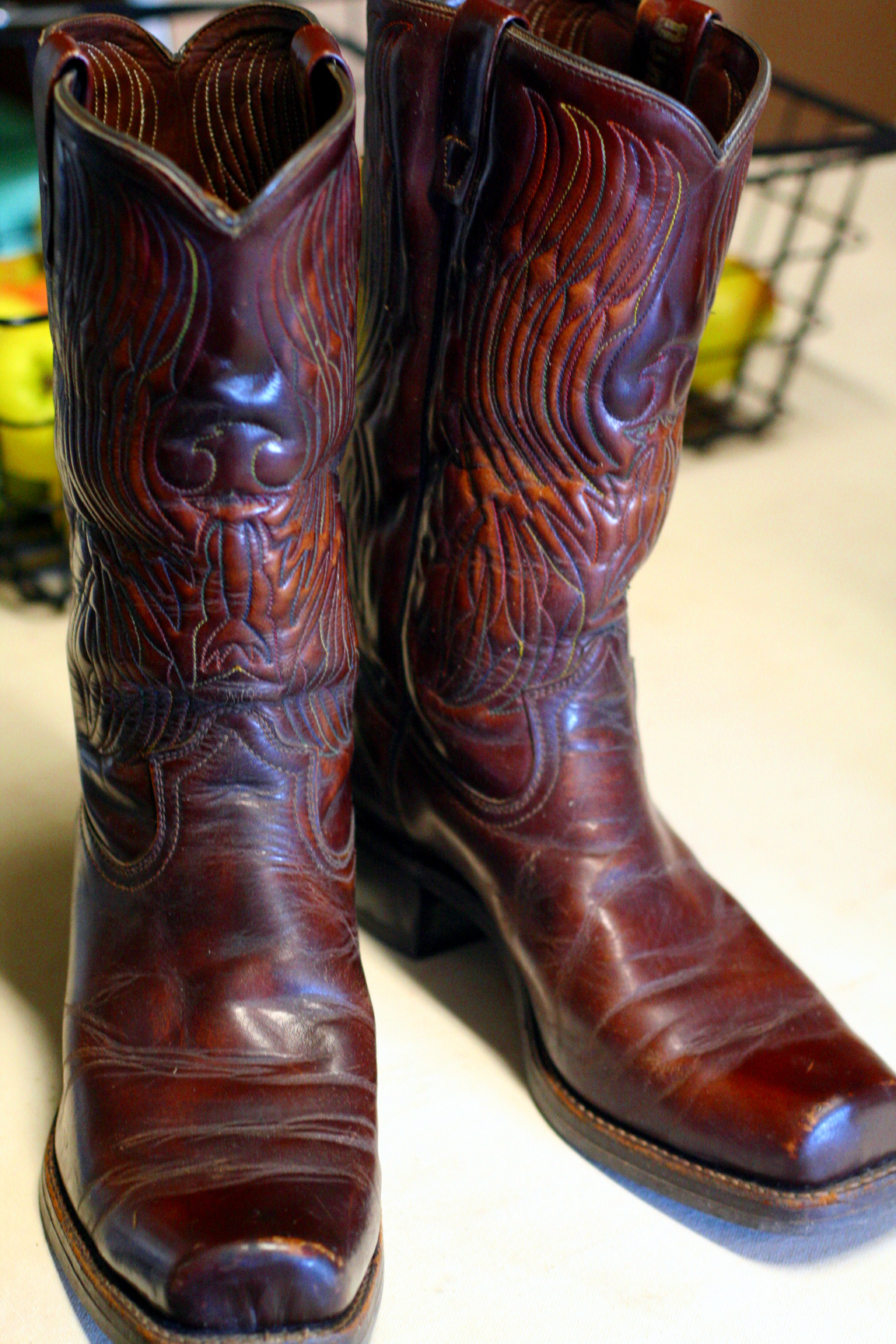
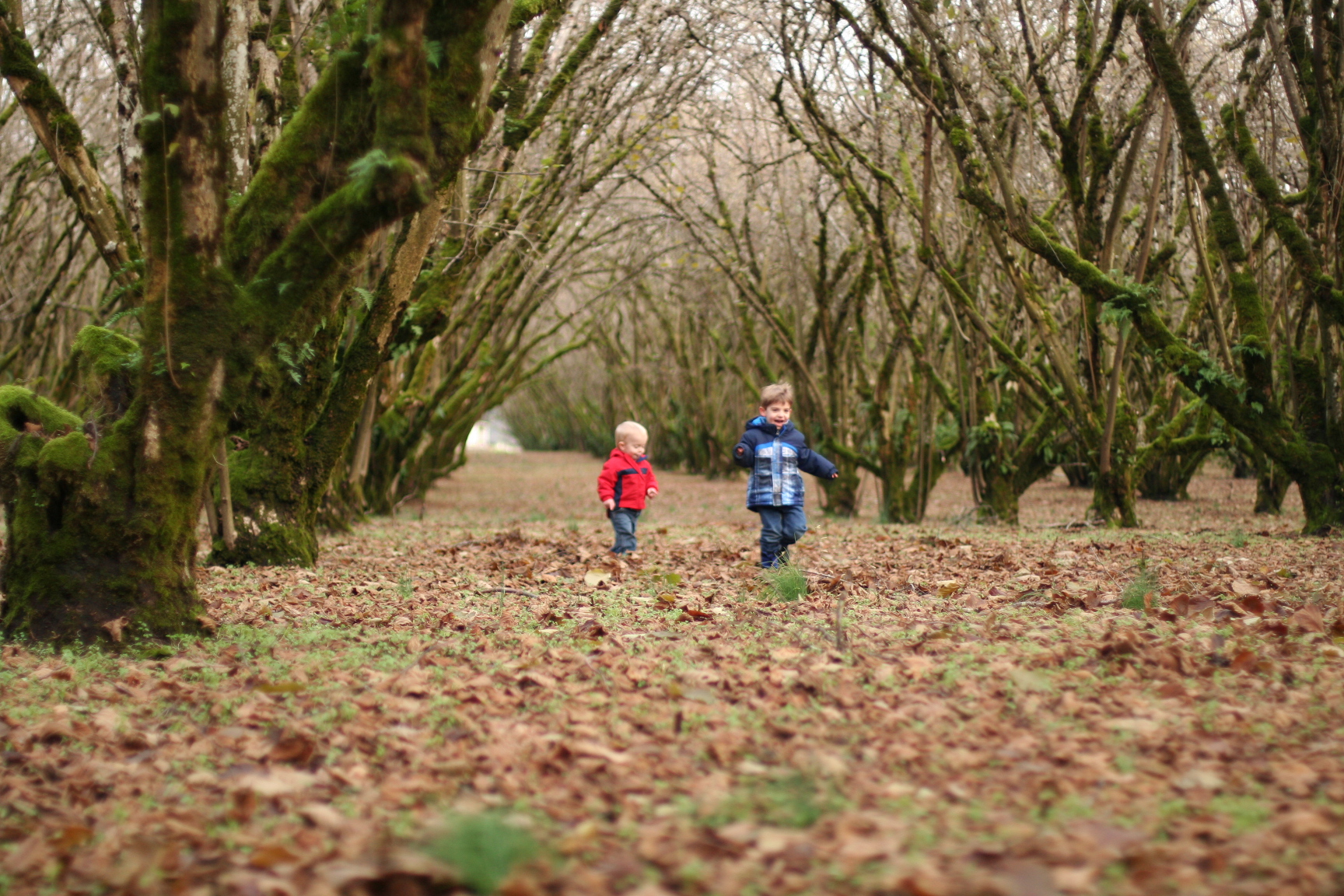
We enjoyed the pictures and thought they were not only fun to see, but were created with much effort and care. Love them Nathan.
Yes, Nathan, I do have it. But I think that the f/1.4 is a great lens, and if at the time of purchase I had not had a brain fart, I would have purchased the f/1.4 and been happy for the rest of my life. Do I love my f/1.2? absolutely, but the build quality on the f/1.4 is par excellence and beats every lens out there but the 85mm f/1.2, which I long for and hope to purchase some day.
That bottom photo of Al’s boys is priceless and extremely well executed. While you may be grateful for your God-given twin lenses, I’m happy you weren’t using them exclusively when you were in the filbert orchard. 🙂
Yet another great blog post, thanks for sharing.